Joint pain is one of the most common health conditions, with over a third of adults reporting joint discomfort in national surveys. In this article, we’ll explain the causes of joint pain and break down some of the leading treatment options. We’ll also take a look at red light therapy for joint pain as well as the science and research behind it. Red light therapy is a non-invasive treatment that uses LED lights to deliver red and near infrared (NIR) wavelengths of light to the body and cells. It’s a popular modality with trainers and sports medicine professionals, and there’s a growing body of peer-reviewed clinical research showing that red light therapy treatments can improve pain symptoms in joints.
Understanding Joint Pain
Our joints are the essential parts of our body that form connections between our bones allowing for movement. When they’re damaged or strained, it can cause pain and affect range of motion. The most common joints where people experience pain and discomfort are the knees, shoulders, and hips. Wrists and ankles are also common spots for joint pain. So what causes joint pain? A lot of things, unfortunately. Here’s a look at some of the most common reasons people experience joint pain: Injuries and strain: The most common cause of acute joint pain is minor injury or strain.
Arthritis is a broad term encompassing a group of inflammatory joint disorders that collectively affect millions worldwide. It's characterized by inflammation and deterioration of joint tissues, leading to pain, stiffness, and reduced mobility. Arthritis isn't a one-size-fits-all condition. Imagine your joints as the hinges of a door that creak and resist movement at every turn.
Arthritis often robs individuals of their ability to perform even the simplest tasks, from tying shoelaces to enjoying a leisurely walk. Pain, stiffness, and the feeling of joints being 'locked' are common companions for those living with arthritis.
What Is Red Light Therapy?
Red light therapy, also known as photobiomodulation or low-level laser therapy, is a non-invasive medical treatment that utilizes specific wavelengths of red and near-infrared light to stimulate natural cellular processes in the body. This therapeutic technique has gained recognition for its potential to alleviate pain, reduce inflammation, and promote healing in various medical conditions. The use of light as a healing modality has ancient roots, with civilizations like the Egyptians and Greeks documenting its benefits for health.
Red and Infrared light therapy (RLT) uses specific wavelengths to stimulate a natural response in the body to enhance overall cell function. These wavelengths of light are also found in light from the sun. The light energy penetrates through layers of skin to reach muscles and nerves. Perhaps an easier way to picture it is this: just like plants getting their energy from the sun during photosynthesis, red light therapy uses specific, proven wavelengths of light energy to stimulate a natural response in human tissue that can increase circulation, accelerate tissue repair, ease muscle pain, relieve joint stiffness, and enhance overall cell performance on a microscopic level.
How Red Light Therapy Works for Joint Pain
Scientific studies reveal that when cells absorb the wavelengths of red and near-infrared light, a series of metabolic events is triggered, leading to an increase in cellular energy production, reduction in inflammation, and enhancement in blood circulation. These effects collectively contribute to the reduction of pain and improvement in joint function. For individuals suffering from arthritis, red light therapy offers a beacon of hope. Arthritis typically brings about painful inflammation and stiffness within the joints. Red light therapy has been demonstrated to decrease the inflammatory markers associated with arthritis, thereby easing pain and enhancing mobility.
Red light therapy works by boosting cellular energy to encourage and enhance the body’s ability to heal itself from the inside out. It is thought to work by acting on the “power plant” in your body’s cells called mitochondria. With more energy, other cells can do their work more efficiently, doing things like repairing skin, boosting new cell growth and enhancing skin rejuvenation. More specifically, certain cells absorb light wavelengths and are stimulated to work. The therapy works on a cellular level, stimulating the mitochondria, which are the powerhouses of our cells. This stimulation can lead to the release of adenosine triphosphate (ATP), a molecule that provides energy for cellular functions.
At the heart of red light therapy's benefits is its profound anti-inflammatory effect. Inflammation is a common culprit behind joint pain, stemming from various causes including arthritis, injury, and overuse. Red light therapy reduces inflammation by enhancing blood flow to the damaged tissue, ensuring that the affected cells receive oxygen and nutrients for tissue regeneration. Additionally, it stimulates collagen production—an important protein that supports joint health—which can prove invaluable for long-term pain management.
Clinical Evidence Supporting Red Light Therapy
Unlike most home remedies, red light therapy is backed by hundreds of peer-reviewed clinical studies that show effectiveness for pain and joint disorders, with very few risks or side effects. Below we’ll dive into some of the science and research behind LED red light treatments for pain.
In one double-blind clinical study, 50 patients with degenerative osteoarthritis in both knees were treated with either red light, infrared light, or a placebo for ten days. There were no significant pain improvements in the placebo group. But the red and infrared groups saw their pain reduced by over 50%. This led the research team to conclude that red light therapy “is effective in relieving pain and disability in degenerative osteoarthritis of the knee.”
A systematic review published in the Australian Journal of Physiotherapy examined 11 clinical trials that demonstrated RLT reduces pain and improves health status in chronic joint disorders. A meta-analysis published in Lasers in Medical Science (2015) reported a significant effect of ultrasound and red light therapy in the management of hand osteoarthritis in females, with a major reduction in pain being one of the benefits. The systematic review notes that light therapy is highly beneficial in the treatment of arthritis affecting the knee, neck, jaw, back, and other areas.
Patients with rheumatoid arthritis have had the most outstanding findings. There was a 70% decrease in pain when red light therapy was applied compared to the instances where placebo therapy was used. Morning stiffness only lasted for an average 27.5 minutes when RLT was used, and tip-to-palm flexibility increased. In a 2005 controlled study by researchers at the University of Ottawa in Ontario, Canada, red light therapy reduced rheumatoid arthritis pain in patients by 70% compared with the placebo group. Patients also saw a significant decrease in morning stiffness and increases in palm flexibility.
In a 2018 clinical trial, patients with acute ankle sprains were treated with red light from LED devices for six days. The results showed significant improvement in pain scores and mobility, highlighting the therapy’s potential for acute joint injuries.
Benefits of Red Light Therapy for Joint Pain
One of the primary benefits of red light therapy is to treat chronic (ongoing) inflammation, which eases pain in joints and muscles. "Chronic pain management often involves a complex blend of therapies. Red light therapy can be an incredible adjunct therapy that complements traditional treatments,” says Soorena Khojasteh, MD, system chief of pain medicine at Lankenau Medical Center. "What's more, with whole-body red light therapy, you might even treat other sources of pain you weren't focusing on."
By targeting affected joints with specific wavelengths of light, this therapy may stimulate the release of endorphins, the body’s natural painkillers, providing relief from arthritis-related discomfort. Many individuals have reported reduced pain levels and increased comfort after undergoing red light therapy sessions. As a result, patients often report not only reduced pain but also improved mobility and flexibility in the affected joint.
Red light therapy also ramps up ATP production. For muscle pain, this provides a key perk: ATP is a molecule that gives your cells energy, acting as the fuel they need to function properly. After red light therapy, ATP will rush to your body’s rescue, helping to heal soft tissue injuries and keep your cells working as usual. Collagen encourages the development of cartilage, the connective tissue that absorbs impact and prevents friction in your body’s joints—especially beneficial for individuals with chronic joint pain from arthritis.
The therapy is non-invasive, making it an attractive alternative for individuals who wish to avoid more invasive procedures like injections or surgeries. By enhancing circulation, red light therapy can increase oxygen and nutrient delivery to the joint, potentially speeding up the recovery process. LED devices are quick and easy to use at home. They’ve also proven to be safe, with almost no side effects, in hundreds and hundreds of clinical trials and studies.
Practical Applications and Usage
The dpl Joint Wrap LED Light Therapy provides relief for joint pain. The FDA-cleared, medical-grade dpl (deep penetrating light) Joint Wrap uses red light therapy to increase circulation and promote healing on the surface by reducing inflammation of the joint. The infrared light therapy goes into the muscles and tissue below the skin and helps reduce pain, stiffness, and soreness often associated with arthritis. Designed to use on the shoulder, elbow, knee, and ankle joints, this professional-grade device accelerates healing and reduces inflammation with powerful pain-relief LED lights using IR (infrared) and red wavelengths.
Treatment plans vary, but to provide a guide, generally, we don’t recommend the device is used any more than twice per day for fifteen minutes max. Studies have shown that people who use red light therapy every day experience the most rapid and long-lasting results. In our experience, short, consistent uses of red light therapy are better than longer sessions. The general rule of thumb is that you should use red light therapy daily until your symptoms improve and then reduce your sessions to a couple of times per week once your symptoms have subsided completely.
The MOVE+ combines the therapeutic benefits of deep red LED and infrared laser light, to deliver targeted light straight to your joints and muscles. Carefully designed to be portable and hands-free, get significant relief from pain whenever and wherever you need it - without paying thousands. The knee is one of the most popular joints the MOVE+ is used on. Wrap it around your knee, sit or lie down, then begin treatment.
Potential Risks and Precautions
Red light therapy has been clinically proven to be safe and effective for pain with no negative side effects. Unlike the light used in tanning booths, it doesn’t expose your skin to damaging UV rays. Doctors and health practitioners use LED treatments because they’re non-invasive and well-tolerated by patients young and old. However, it’s always best to check in with a medical professional about the best options to treat your specific condition.
With red light therapy, more isn’t better, so never exceed the manufacturer’s instructions for how long or how often to use the device. The treatment isn’t supposed to heat the tissues, so if the area you’re treating starts to feel warm, stop immediately. Many devices come with safety goggles or dark glasses. Although the intensity and wavelength of light used in home devices is likely not harmful to the eyes, experts advise using eye protection out of an abundance of caution, especially if you’re using the device near your eyes.
Conclusion
Red light therapy is a safe, effective therapy for various joint pain and inflammation concerns, and it’s backed by a large body of peer-reviewed clinical research and used by a large number of physical therapists around the world to treat pain. The huge body of evidence derived from these studies indicates that red light therapy is a compelling natural treatment for arthritis and joint pain. For those managing chronic joint pain, this treatment offers a promising, non-surgical option without significant downtime or side effects.
Frequently Asked Questions
1. How long does it take to see results from red light therapy for joint pain?
It varies depending on the severity of your condition and how consistently you use the therapy. Some people notice relief after a single 15-30 minute session, while others may need daily treatments for a few days or weeks to experience significant improvement. Consistency is key—daily use often yields faster results.
2. Can I use red light therapy at home?
Yes, there are many FDA-cleared devices like wraps, panels, and wands designed for home use. They’re generally safe and easy to operate, but follow the manufacturer’s instructions and consult a doctor if you’re unsure about your specific condition.
3. Is red light therapy safe for everyone?
Generally, yes—it’s non-invasive with minimal side effects. However, pregnant women, people with certain skin conditions, or those on photosensitive medications should consult a healthcare provider before starting treatment.
4. How often should I use red light therapy for joint pain?
Most experts recommend 15-20 minute sessions once or twice daily until symptoms improve, then reducing to 2-3 times per week for maintenance. Avoid overuse, as more isn’t always better.
5. Does red light therapy cure arthritis?
No, it doesn’t cure arthritis, but it can significantly reduce pain, stiffness, and inflammation, improving quality of life. It’s a management tool, not a permanent fix.
6. What’s the difference between red light and infrared light therapy?
Red light (around 660nm) works closer to the skin’s surface, while infrared light (around 850-880nm) penetrates deeper into muscles and joints. Both can help with joint pain, but infrared is often preferred for deeper tissue issues.
7. Can I combine red light therapy with other treatments?
Yes, it pairs well with physical therapy, exercise, or medications. Many people use it as part of a holistic approach to pain management—just check with your doctor to ensure compatibility with your plan.




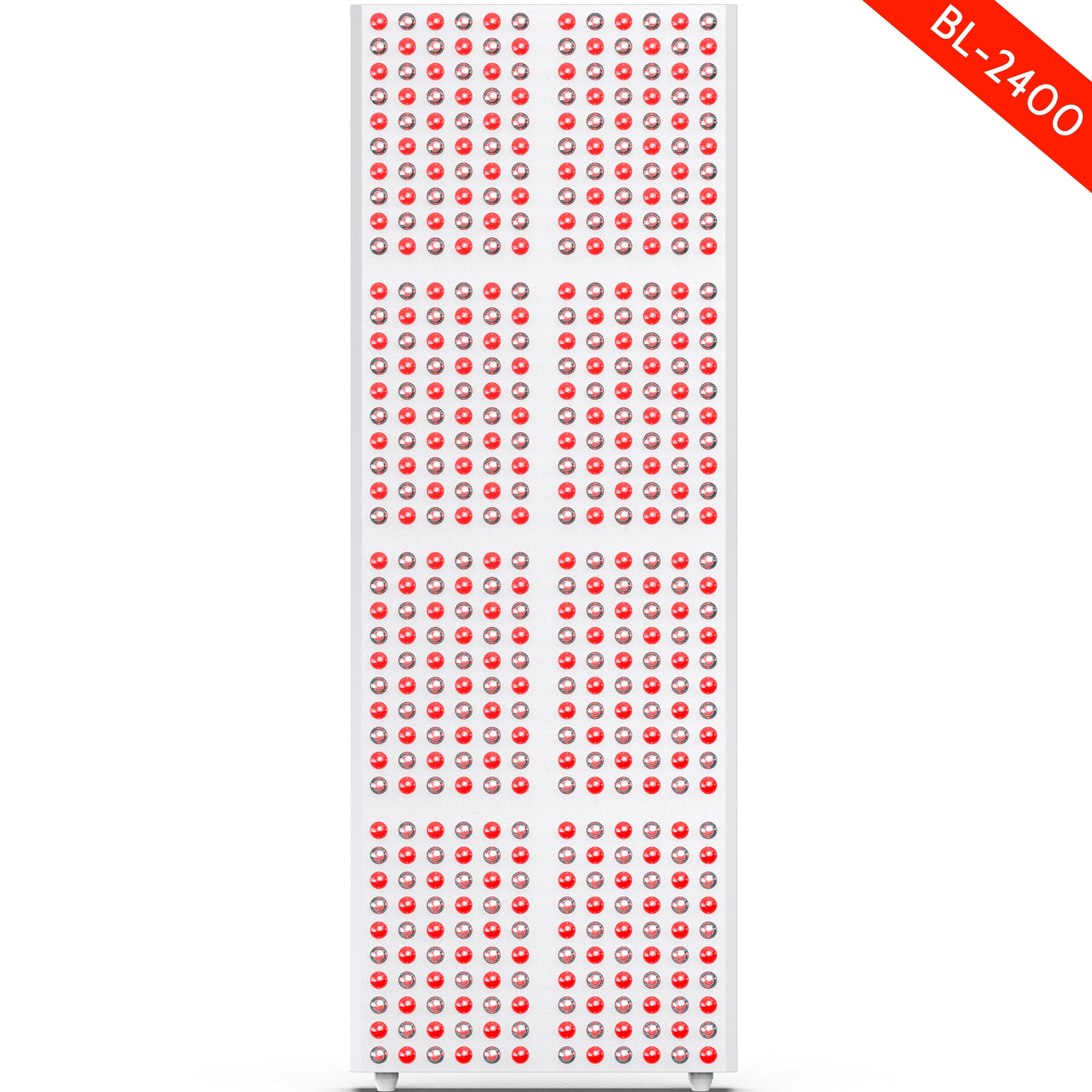
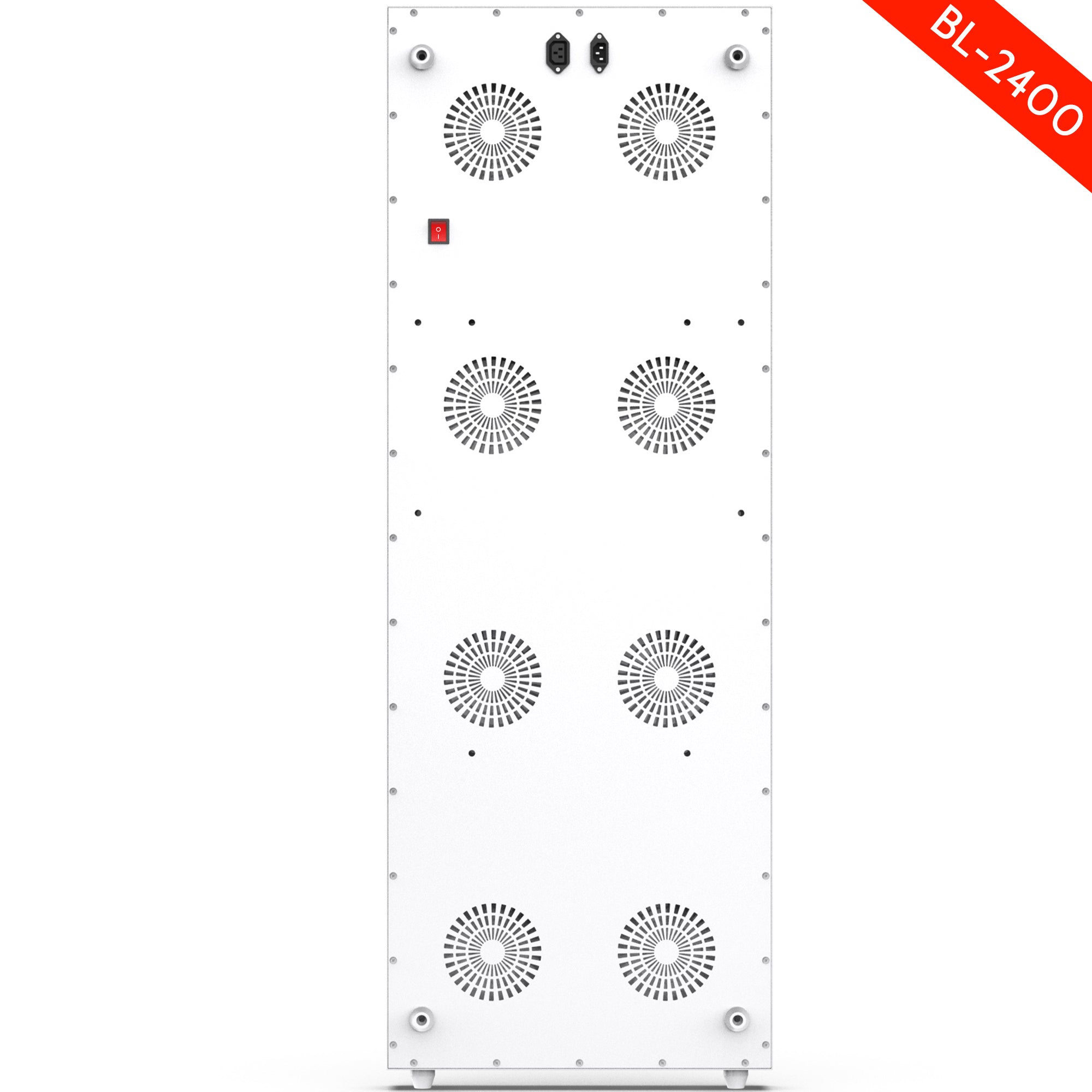
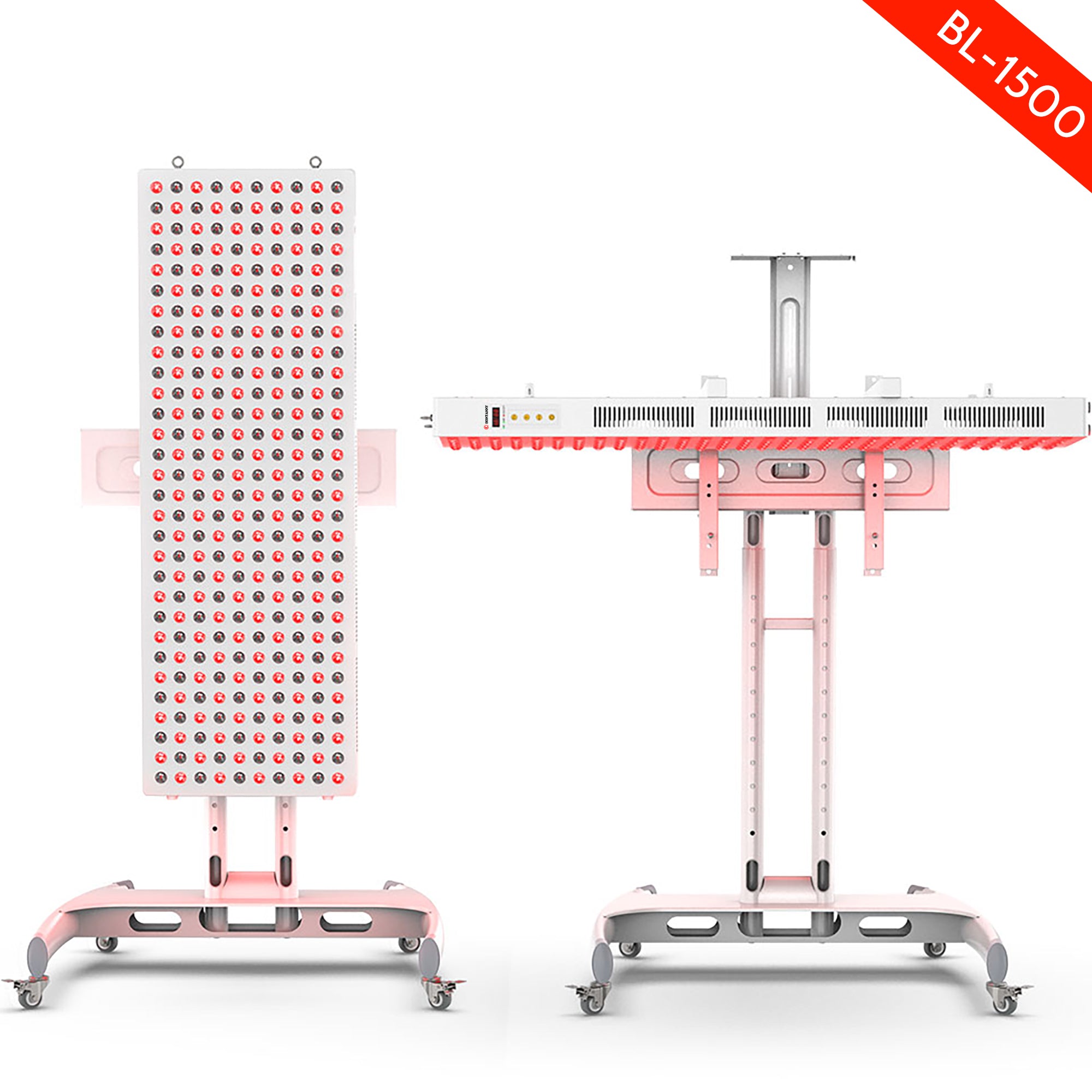
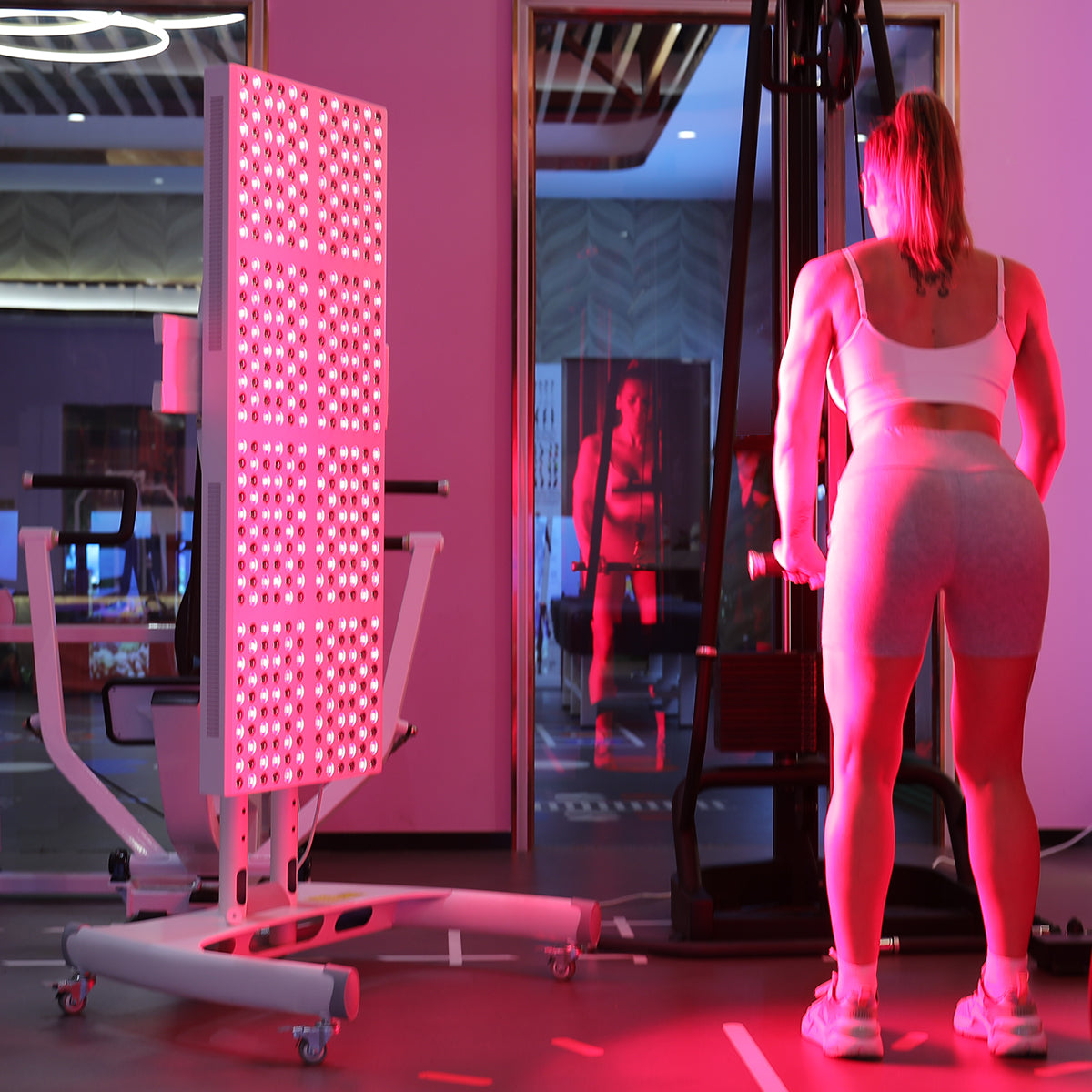

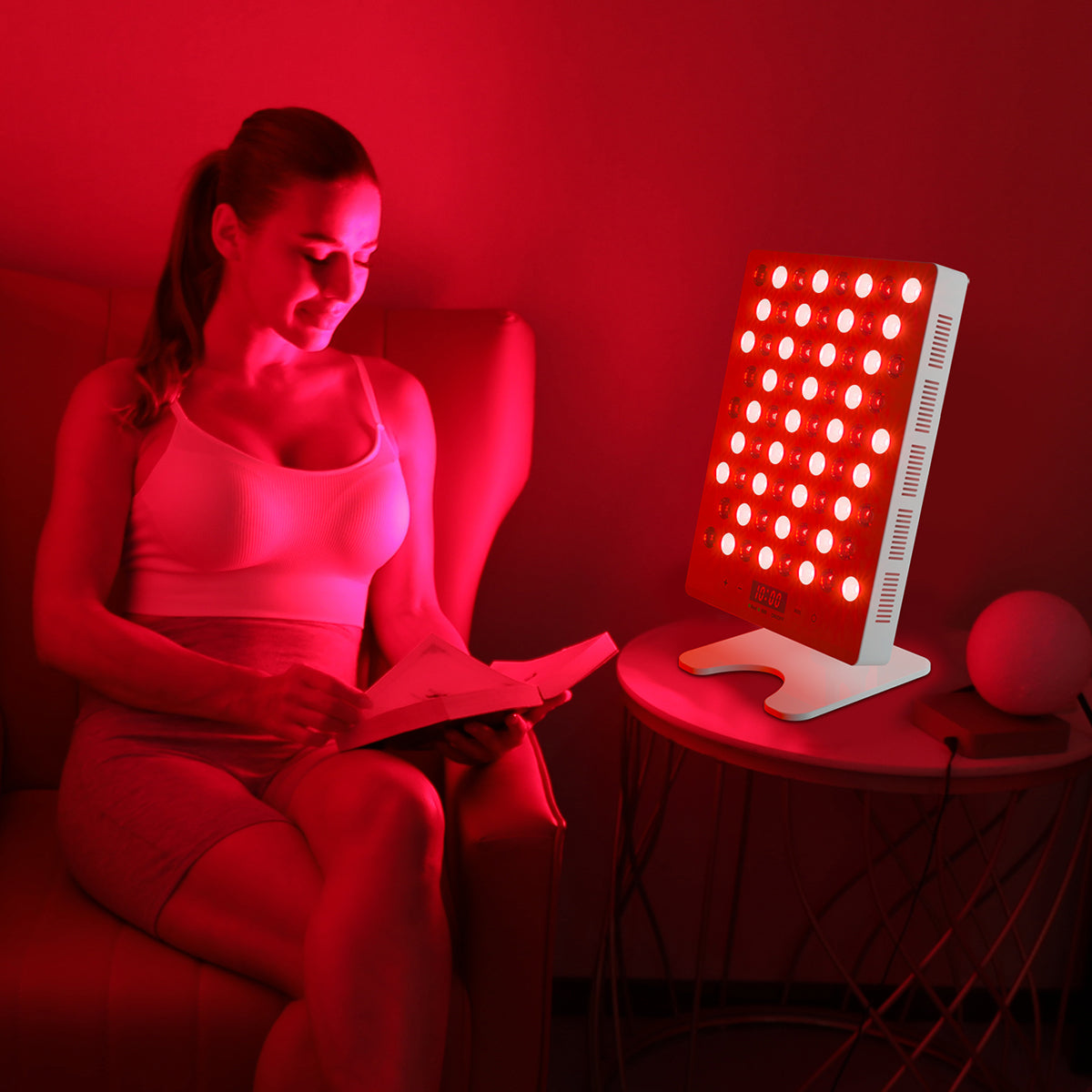
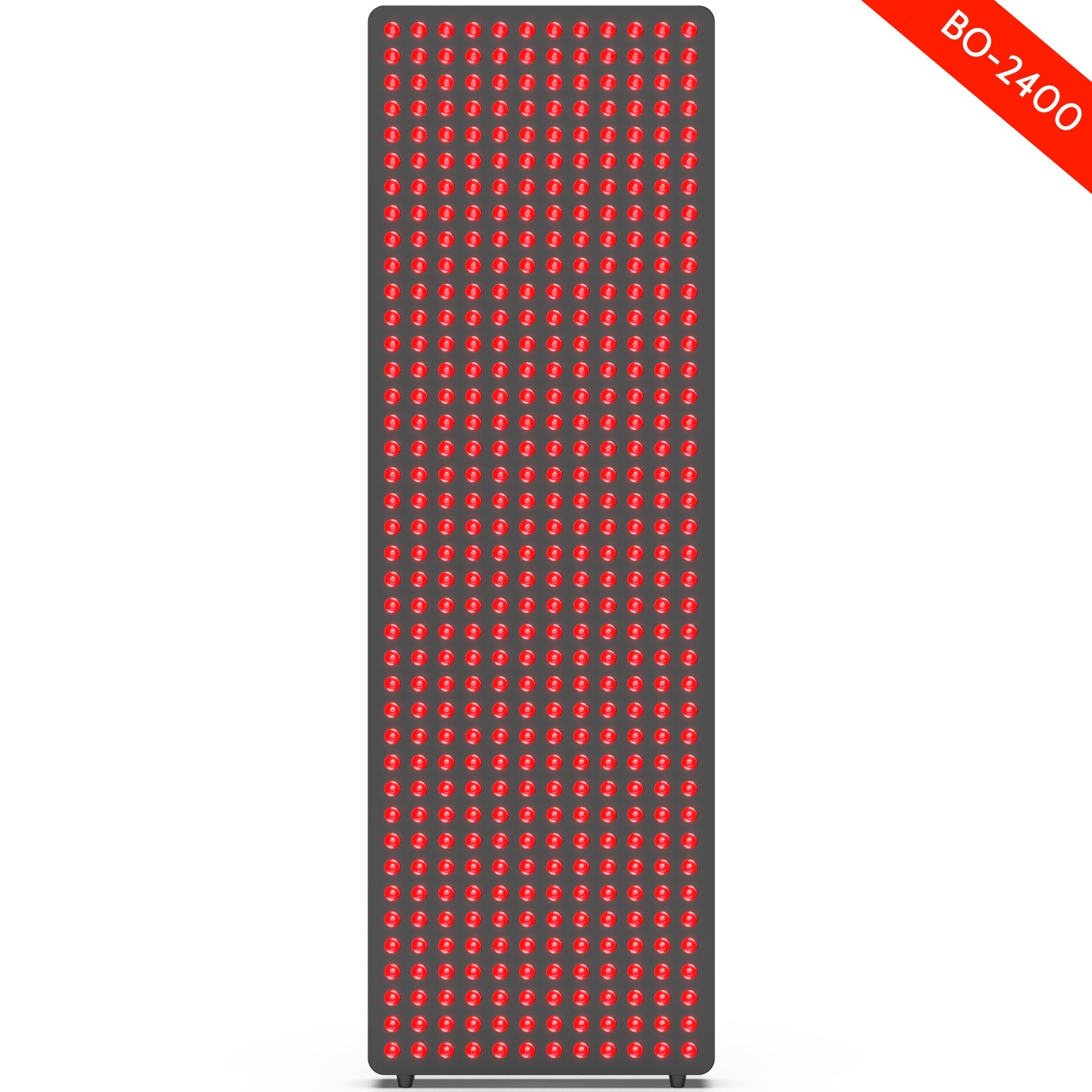
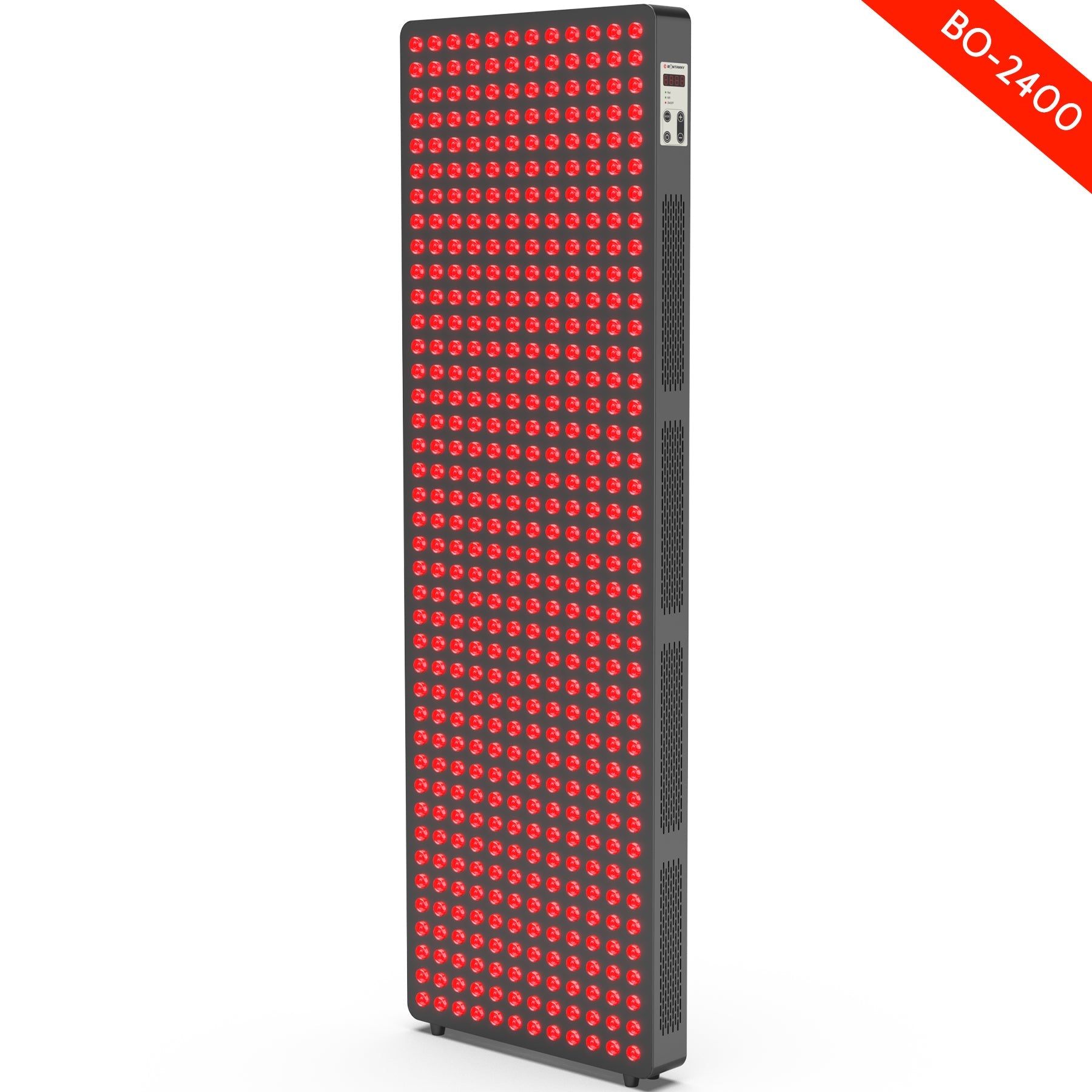
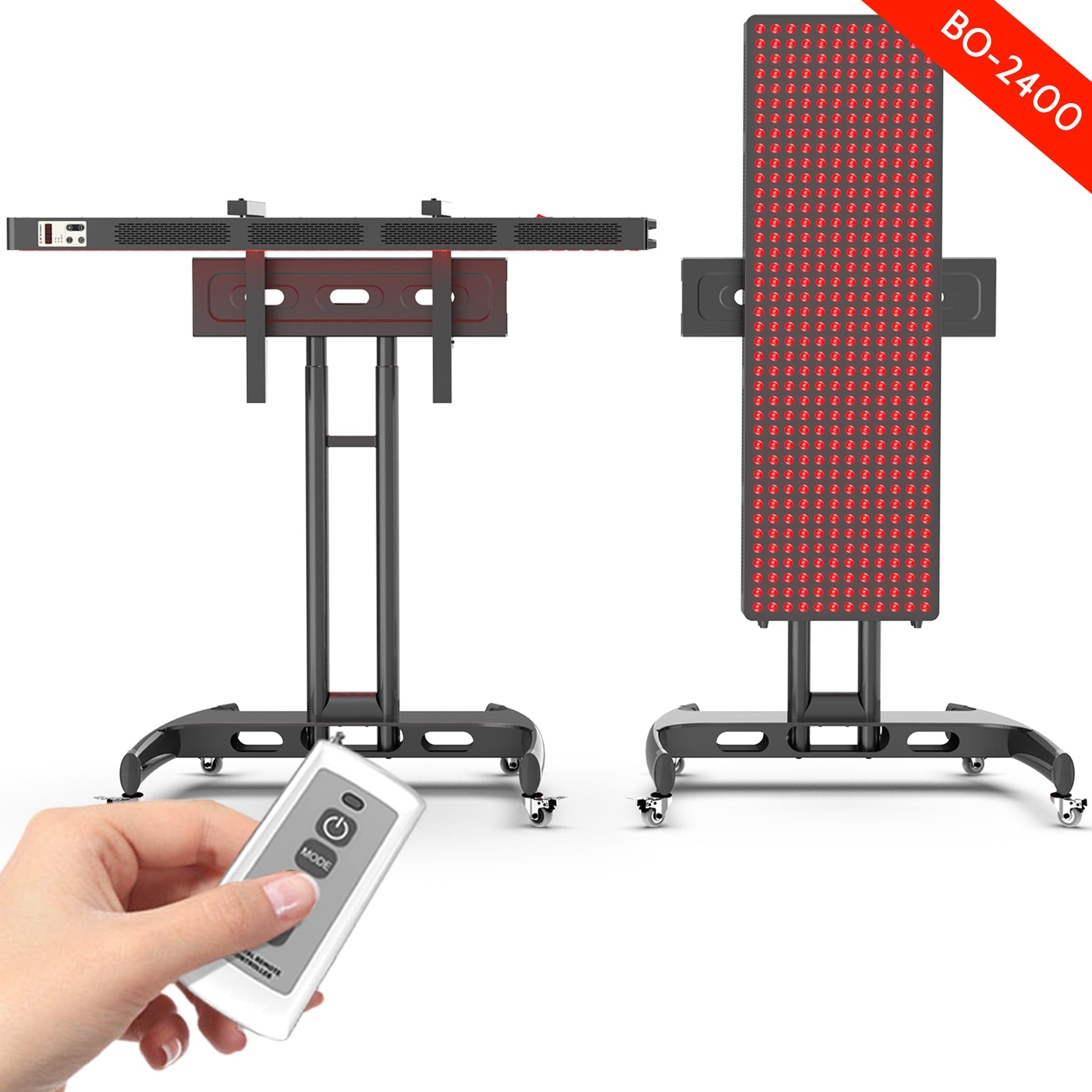


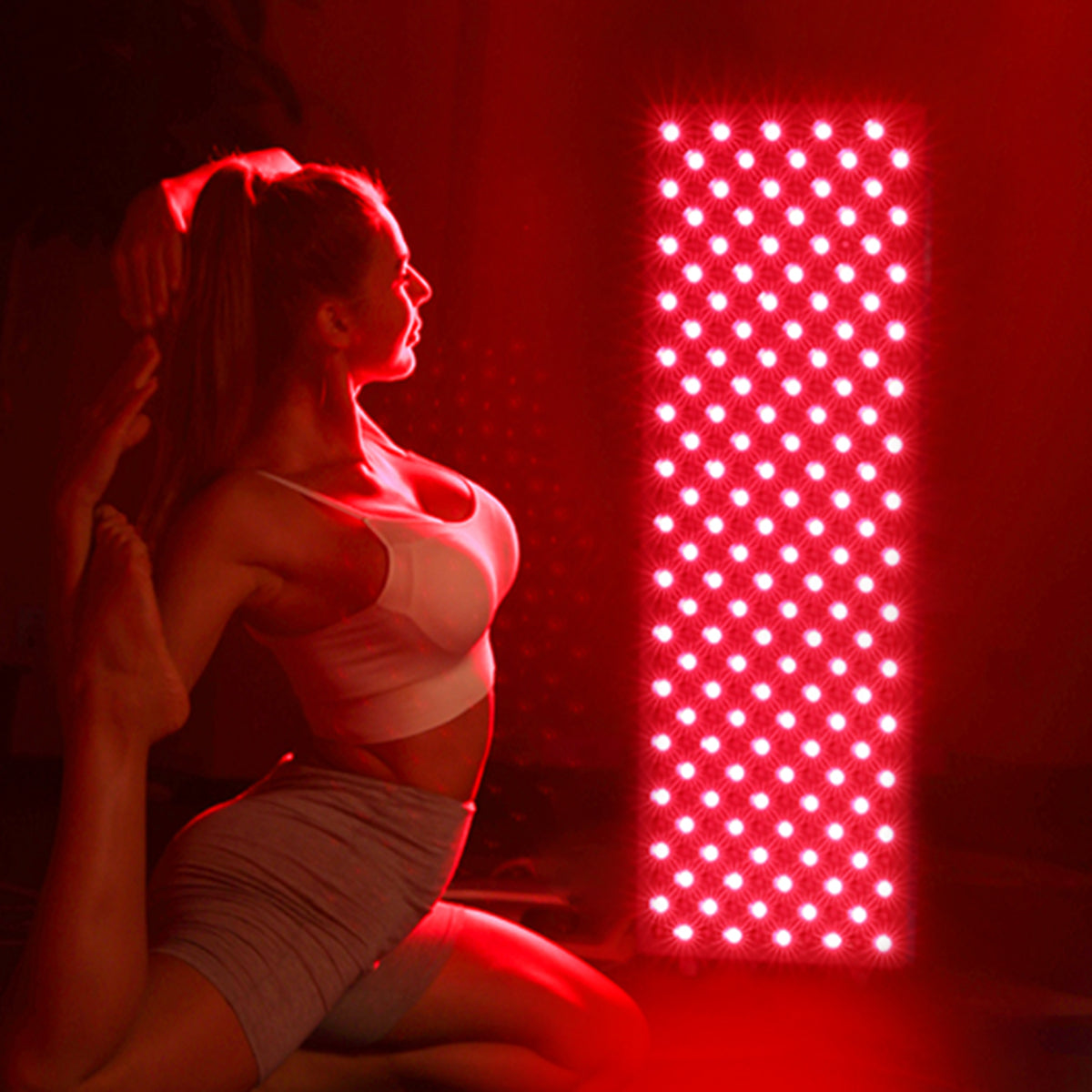
Leave a comment
This site is protected by hCaptcha and the hCaptcha Privacy Policy and Terms of Service apply.